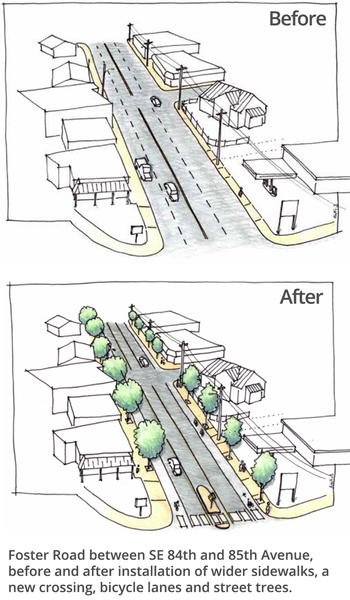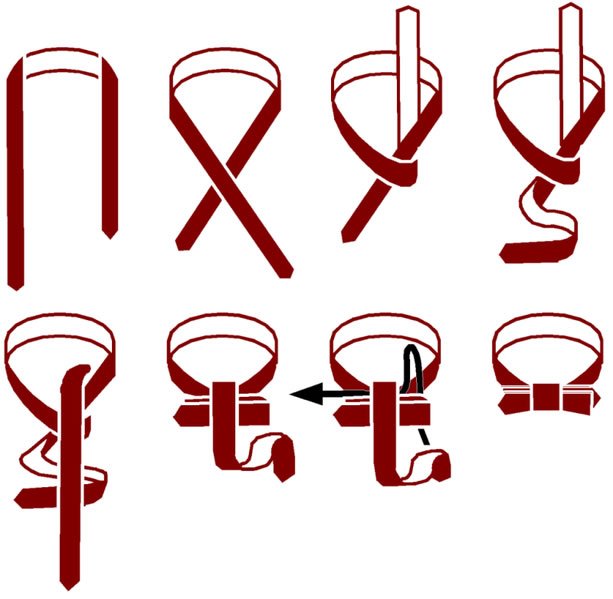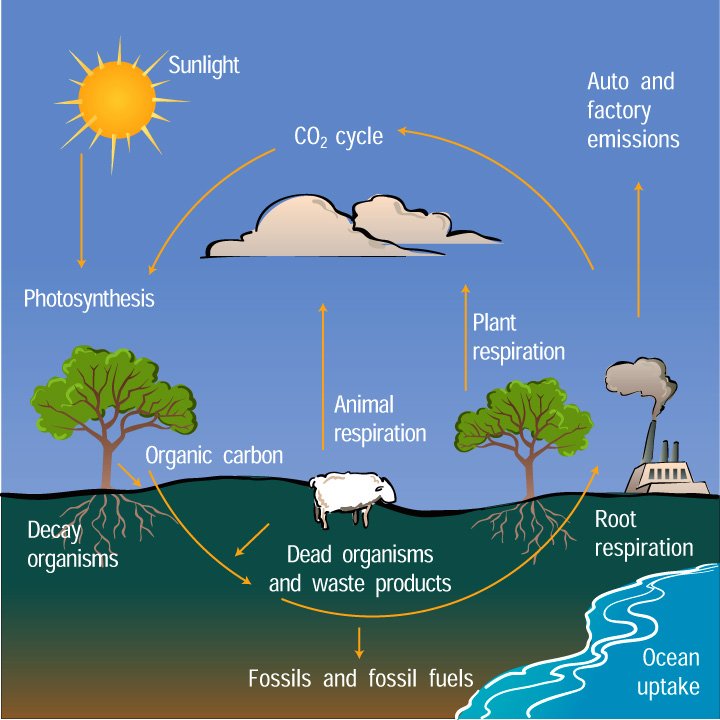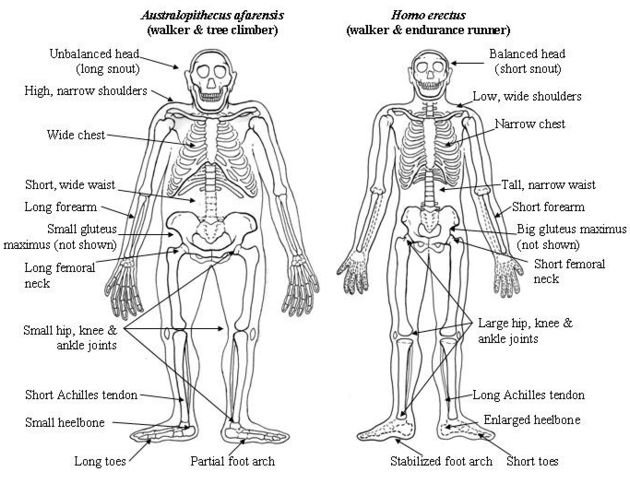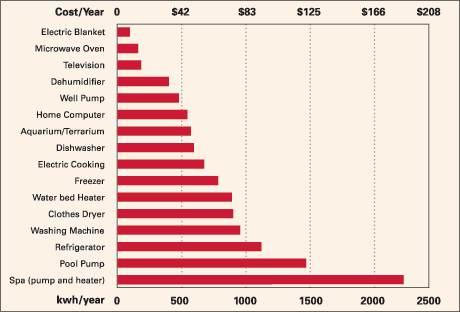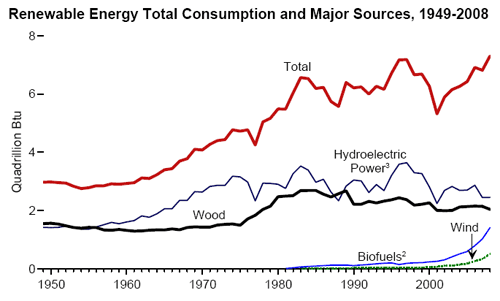IELTS Writing Task 1: Question
A natural process diagram is another common question type in IELTS Writing Task 1. Here’s an example of one with nine stages that really challenges you to describe the whole process in just 150 words.
The diagram shows the growth cycle of a volcanic island. Write a 150-word report for a university lecturer describing the main features of the cycle.
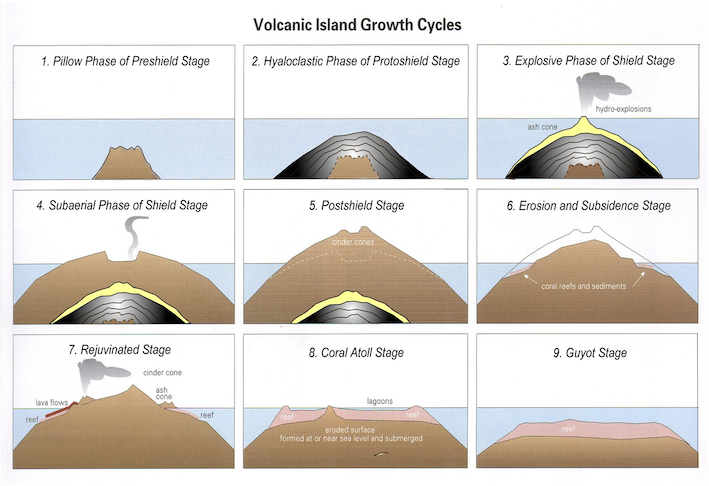
IELTS Writing Task 1: Model Answer
The diagram illustrates a natural process in which a volcanic island grows from beneath the sea, explodes, and then eventually sinks to become an underwater reef. The process is divided into nine stages.
In the first two stages, called the ‘preshield’ and ‘protoshield’ stages, a mountain gradually builds under the surface of the sea. In the third or ‘explosive’ phase, hydro-explosions occur which deposit a cone of ash. A large number of cinder cones then pile up to form a ‘shield’ on top of the volcano.
This shield gradually erodes and subsides to form reefs below the surface of the sea. However, there may be ongoing volcanic activity including lava flows. By the time of the ‘coral atoll’ stage, the original form of the volcano has disappeared, and the whole structure sinks further under the sea during the ‘guyot’ stage.
In summary, huge volcanoes rise and fall under the sea in a natural process known as the volcanic island growth cycle.
(194 words, IELTS 9.0)
Why does this Task 1 answer get an IELTS band 9 score?
Task achievement: The candidate describes a complex nine-part natural process in fewer than 200 words by grouping some stages together and leaving out small details where possible. The introduction includes an overall description that clearly signals what the body of the report will contain.
Coherence and cohesion: The body of the report groups the natural process into two paragraphs rather than attempt to describe each of the nine stages separately. Events are clearly sequenced and summarised.
Lexical resource: The candidate uses vocabulary from the diagram but transforms it where necessary to fit a sentence: erosion > erodes; subsidence > subsides. The model answer also introduces other relevant vocabulary not in the diagram such as deposits, surface and structure.
Grammatical range and accuracy: The candidate writes in complex sentences using conjunctions and relative pronouns. Most of the sentences have multiple clauses. There are no grammatical mistakes. In addition to the present simple tense, the present perfect tense is used to show how events are related in time: the original form of the volcano has disappeared.
Teacher’s Notes
 This natural process diagram includes nine stages, which are difficult to describe in detail in so few words. Therefore, you should take this opportunity to practice grouping stages together and summarising where possible. It’s not a good idea to write nine sentences to describe each of the nine stages. You will simply not have the time. Writing skills like grouping and summarising will come in very handy in the real test.
This natural process diagram includes nine stages, which are difficult to describe in detail in so few words. Therefore, you should take this opportunity to practice grouping stages together and summarising where possible. It’s not a good idea to write nine sentences to describe each of the nine stages. You will simply not have the time. Writing skills like grouping and summarising will come in very handy in the real test.
